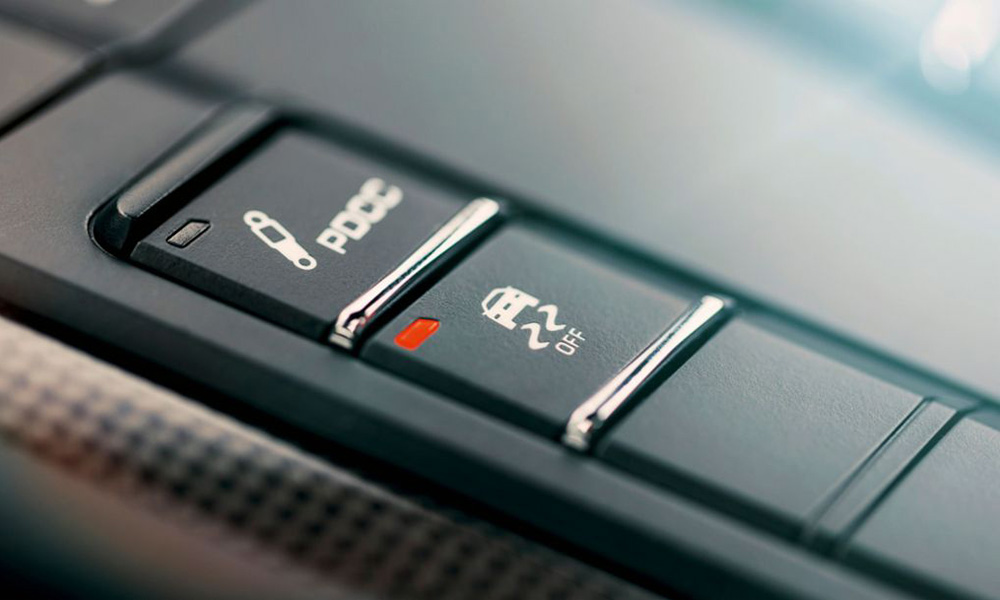
On all of my previous Porsche track days and test-drive events both local and abroad, there was always one button that the driving instructors keep telling us not to turn off—the PSM button, which stands for Porsche Stability Management, Porsche-speak for its vehicle dynamics/traction/stability/anti-slip/skid and torque vectoring assistance software.
Instructors and journalists alike often call this PSM button the PLEASE SAVE ME button (from our own stupidity/bravado), when we get too adventurous and liberal with the steering and the throttle. And save me it has more times than I care to admit. This has admittedly lulled me into a sense of overconfidence flat-out in a Porsche.
But today, these driving aids have taken things a few steps further and a few notches higher. And I am unsure if I like it, or if it is a good thing at all. Forward collision mitigation, autonomous emergency braking, lane-keeping assist, rear cross-traffic alert, and more. I feel these active driving aids are making us more and more careless and complacent, making us focus less on the road, and (sadly) more on our mobile phones or the in-car entertainment systems.
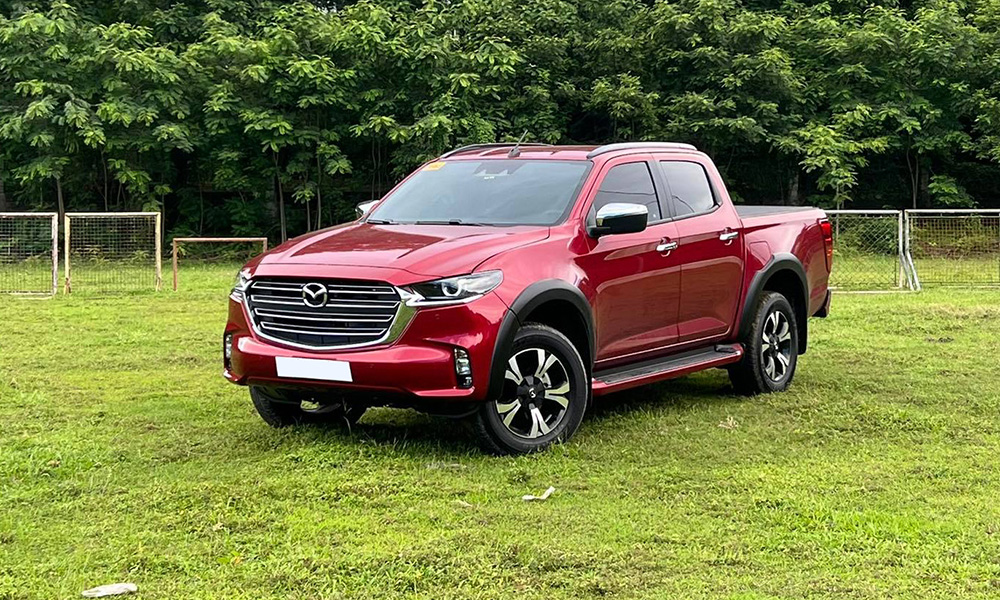
I recently took delivery of a Mazda BT-50 and I loved it. Drives really well, is very smooth and refined, quiet inside, especially for a modern CRDi diesel pickup. It has a lot of active safety driving aids that are supposed to make it safer, but in my mind, also make driving less enjoyable. I like to ebb and flow with the traffic, carefully treading my way around slower-moving traffic, all while keeping within the speed limit as there are just too many lost and confused—not to mention distracted—drivers on the road.
I try my best to avoid and overtake them as they are a bigger nuisance and a danger if they are in front of me. And each time I have the BT-50 with me, there is a constant alarm ringing inside the cabin as I change lanes, approach slower-moving cars with the BT-50’s brains thinking I’m on an imminent path to collision with the car ahead of me, and motorcycles alerting my blind spot monitor as they suddenly come up on my side a little too close for comfort. It gets overwhelming and irritating for someone who, like me, takes driving very seriously. These safety aids mean well, but they are very intrusive and they break my concentration while driving.
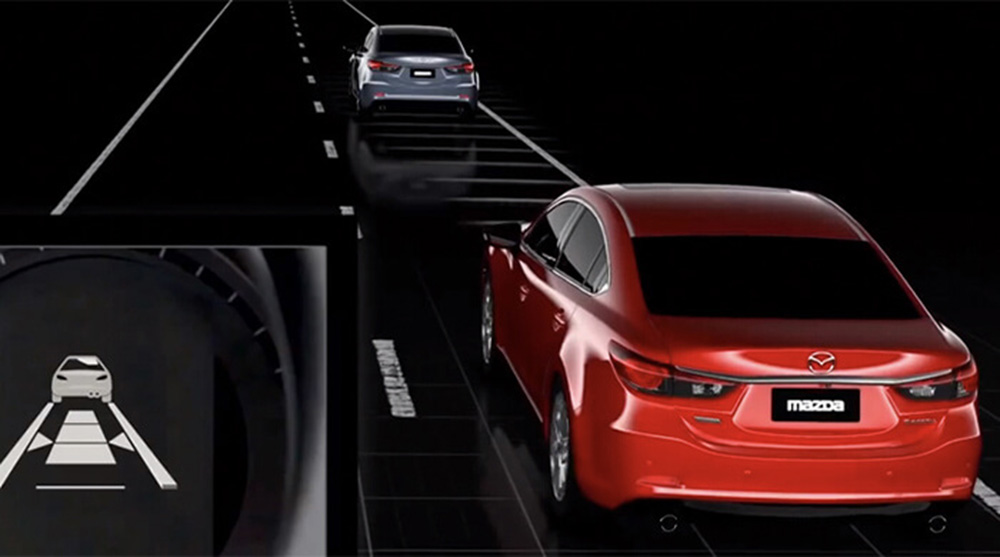
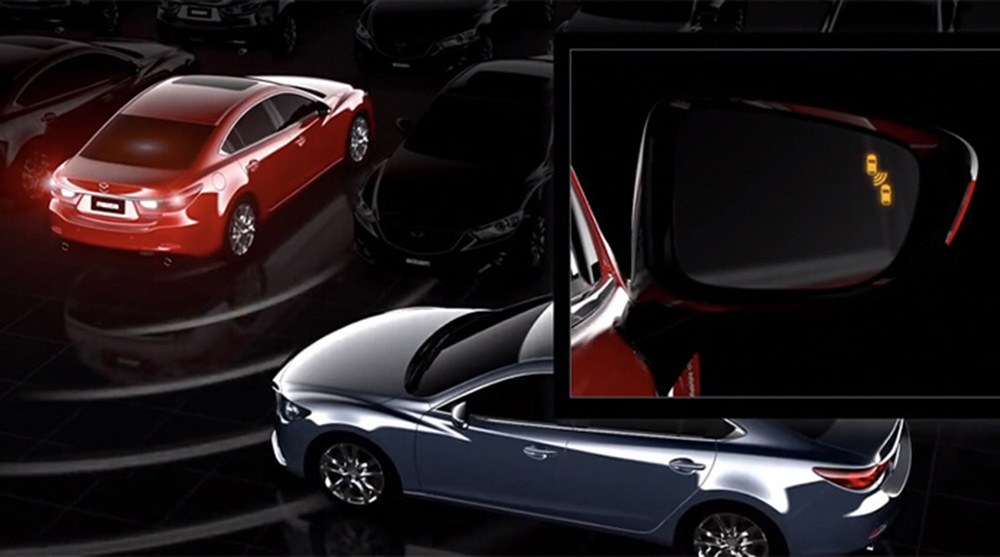
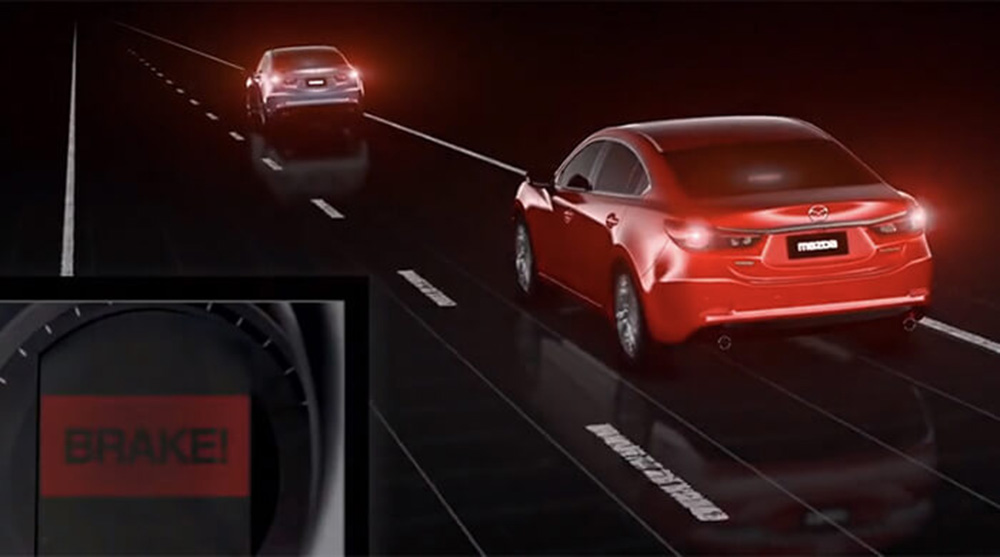
But many other owners—particularly new drivers and car owners—love these active safety driving aids, claiming these make them and the car safer because there is an added layer of protection, an added set of eyes or brains thinking for them. For me though, it seems like they are spoon-feeding you. These very same people are justifying their distracted, unfocused and involuntary driving, methinks.
Do they not realize that this lulls them into a false sense of invincibility and infallibility, which gives them leeway to be distracted, fiddling with their mobile phones rather than focusing on the road? And most manufacturers will tell you that these systems are not perfect or infallible—they cannot fully and completely compensate for distracted (or worse, drunk) driving.
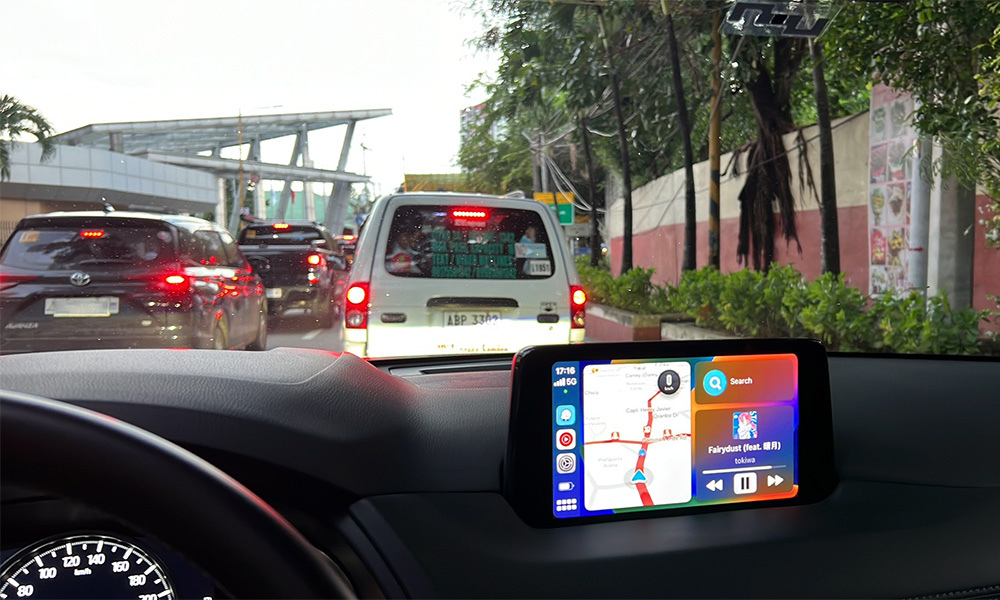
My colleague already wrote a similar column on how today’s car designers seem obsessed with putting the largest possible LCD infotainment screens inside car interiors, which is already causing a distraction while driving. Throw in a dashcam, and it can also be a distraction on its own if it’s constantly on playback.
Your eyes are distracted all over the place, but fail to focus on what’s really important: the road ahead. Add in people’s potential for ADHD and we have a real recipe for chaos on the road. No wonder my other colleagues—like road safety and bicycling advocate Rob Siy—are critical of many of today’s typical drivers as the latter are a real menace to pedestrians and cyclists.
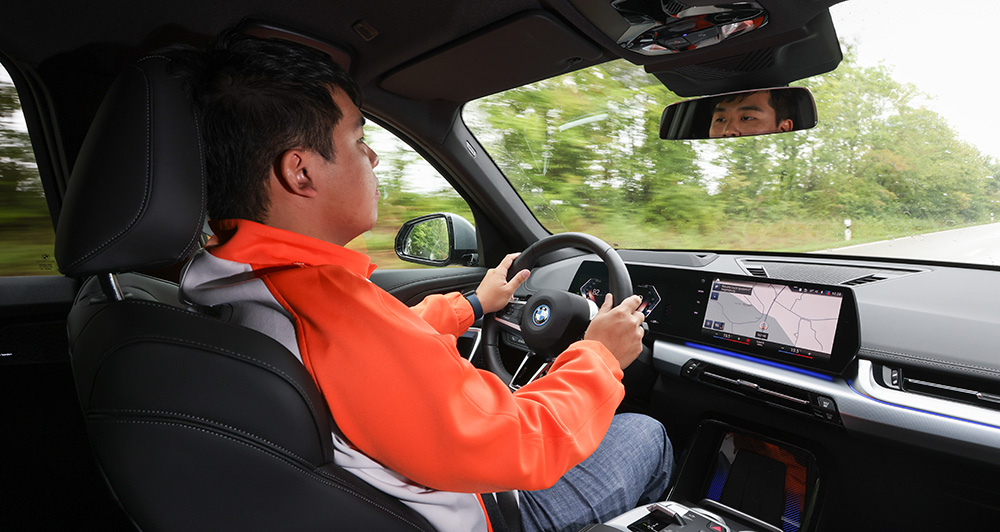
And this is my grief with today’s slew of modern active safety driving aids: They make us dumber by distracting or irritating us, particularly keen drivers who savor each time they’re behind the wheel, or drivers who rely on these systems as they get distracted by other things on their mind.
Driving should be a conscious effort, not an involuntary activity. Driving isn’t a right after all, but a responsibility, a privilege among those who keep to the rule of law and take driving seriously—be it commuting to and from one place to another for a mundane task, or driving for the sake of leisure.


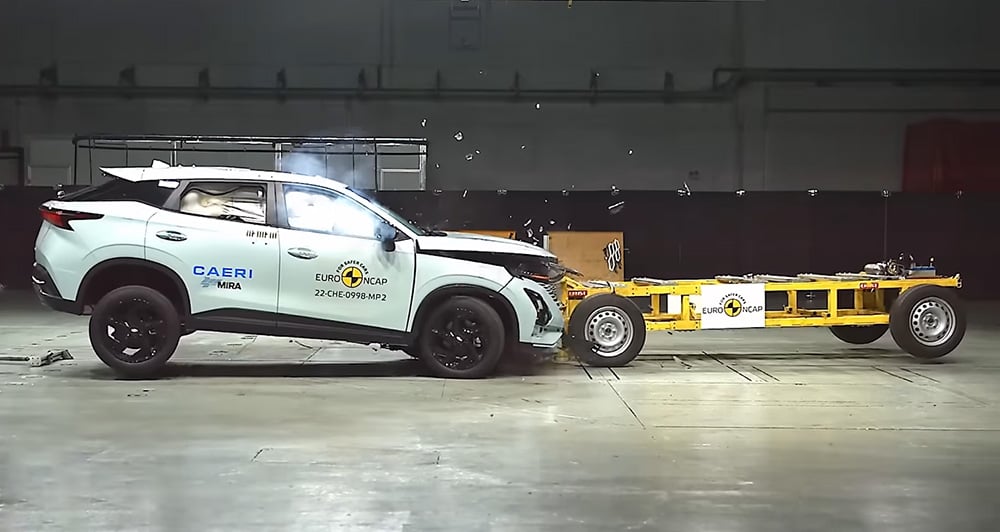

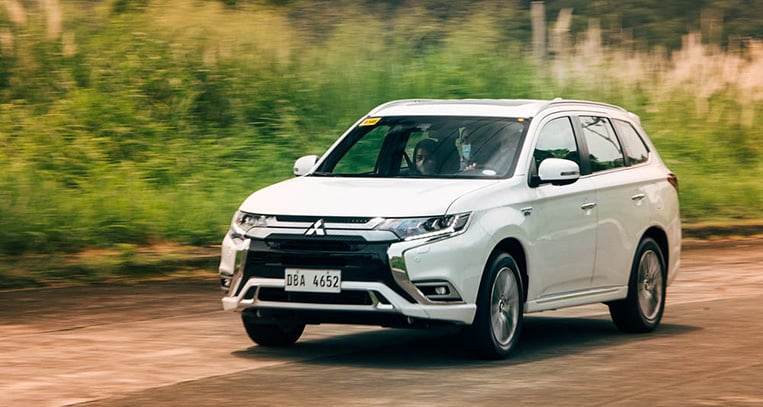
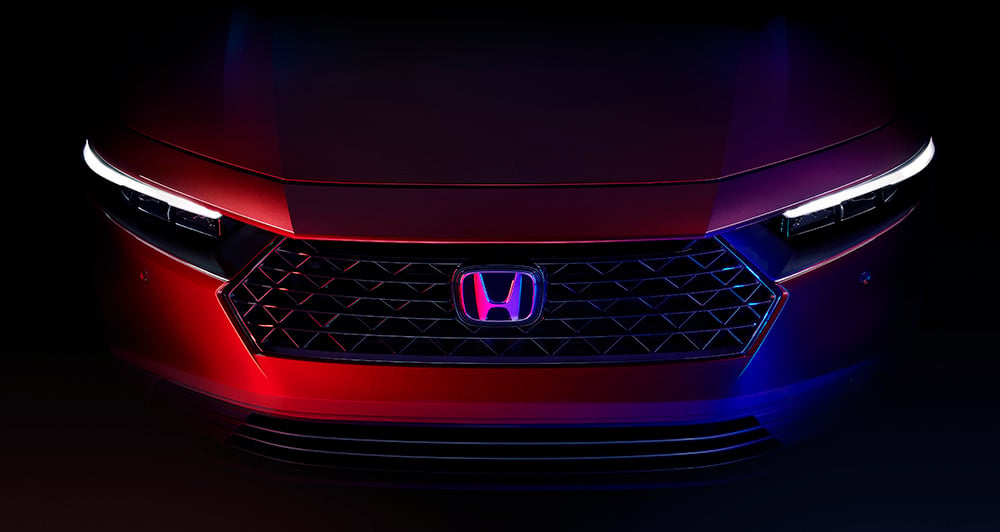





Comments